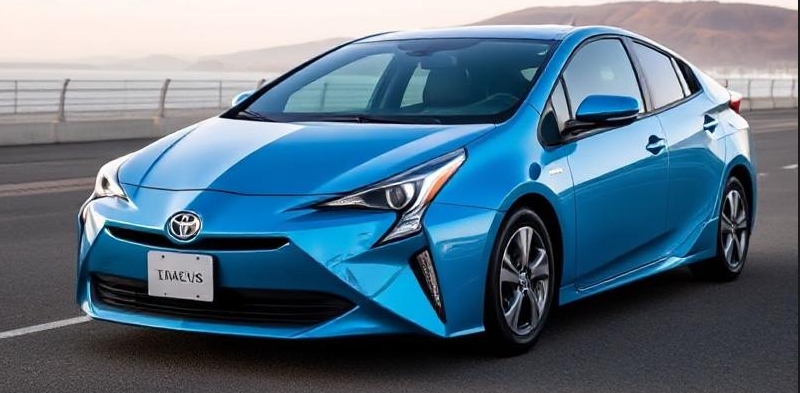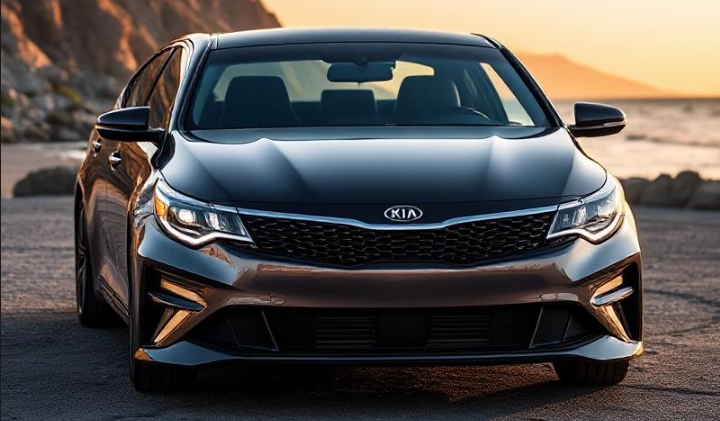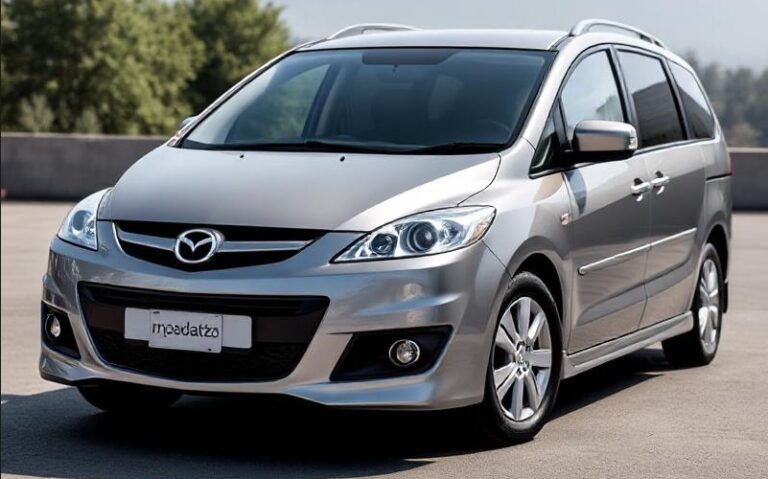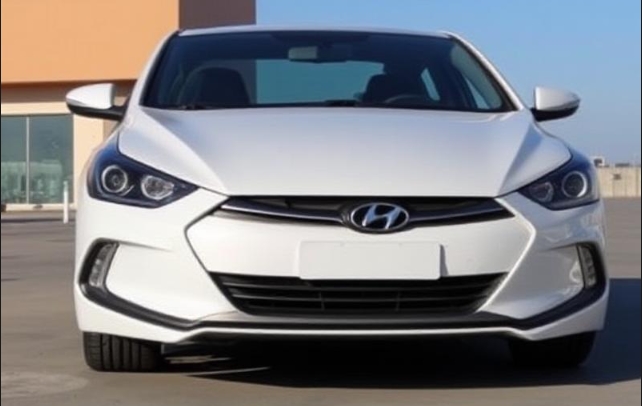The Evolution of the Toyota Prius: A Journey Through Time
The Toyota Prius, a name synonymous with hybrid technology, has made an indelible mark on the automotive landscape since its inception. First launched in 1997 in Japan, it quickly transformed not just the perception of eco-friendly vehicles, but also the broader dialogue surrounding sustainable transportation. This article explores the evolution of the Toyota Prius, highlighting significant models, variations, and innovations throughout its history.
First Generation (1997-2003)
The story of the Prius began in December 1997, when Toyota launched the first generation (NHW10). Designed primarily for the Japanese market, the original Prius featured a 1.5-liter inline-4 gasoline engine combined with an electric motor, producing a combined output of 70 horsepower. The vehicle was characterized by its distinctive aerodynamic shape, contributing to improved fuel efficiency, which was a novel selling point at the time.
The NHW10 Prius was available in two trim levels: the Standard and the G. The Standard trim offered a basic array of features, while the G introduced higher-end options like climate control and additional comfort features. Sales in Japan exceeded expectations, prompting Toyota to consider a global market.
In 2000, the Prius made its debut in the United States, becoming the first mass-produced hybrid car in the U.S. market. The American version, known as the 2001 model year, slightly refined the design and included two trim levels: the base and the upgraded option with enhanced features.
Second Generation (2003-2009)
After a successful initial run, Toyota unveiled the second generation (NHW20) Prius in 2003. It was a significant leap forward in design and technology. Featuring a more sculpted body, the NHW20 offered improved aerodynamics and an even larger interior space. The hybrid system was enhanced to produce 110 horsepower, while still delivering impressive fuel economy—up to 60 MPG city and 51 MPG highway.
Toyota introduced several trim levels for the NHW20: Base, Package 1, Package 2, and Package 3. Known for its user-friendly features, the second-generation Prius included a Touch Tracer display, allowing easier access to controls. A notable safety feature was the introduction of standard ABS and dual-stage airbags.
The NHW20 Prius gained widespread acclaim, earning the 2004 European Car of the Year title. The growing interest in environmentally friendly vehicles began to shift consumer attitudes significantly, elevating the Prius to a status symbol among eco-conscious drivers.
Third Generation (2009-2015)
In 2009, Toyota launched the third generation (ZVW30) of the Prius. This iteration marked another substantial upgrade in aerodynamics, achieving a drag coefficient of just 0.25. Not only did the ZVW30 further enhance fuel efficiency, achieving up to 51 MPG city and 48 highway, but it also introduced a more powerful and efficient hybrid synergy drive system.
The 2010 model year saw the introduction of new trim levels: Prius II, Prius III, Prius IV, and Prius V, with improvements in standard features and high-tech options. Notably, the Prius V represented the first variant, larger in size and designed for families needing additional cargo space. It was also available as a separate model from the standard Prius.
The ZVW30 also played a pivotal role in raising awareness about climate change and environmental responsibility. By this time, the Prius had become a cultural icon, symbolizing a pragmatic approach to sustainability.
.
There’s just something about those Cool Car Movies that make auto lovers dreams come alive. At least for the couple of hours you’re viewing them.
.
Fourth Generation (2016-2021)
The fourth generation (ZVW50) of the Prius debuted in 2015, signifying a shift towards a more modern aesthetic with sharper angles and a bold new style. The ZVW50 delivered an impressive EPA-rated fuel economy of around 54 MPG combined, thanks to advancements in the hybrid system and weight reduction strategies.
Trim levels expanded further, including the Toyota Prius Two, Prius Two Eco, Prius Three, Prius Three Touring, Prius Four, and Prius Four Touring, with options for upgraded technology, safety features, and enhanced audio systems. For the first time, Toyota introduced additional color options and visual customization for buyers.
One of the defining features of the ZVW50 was the introduction of the Toyota Safety Sense package, which combined several advanced safety technologies, including pre-collision systems, lane departure alerts, and adaptive cruise control. This made the Prius not only eco-friendly but also a leader in automotive safety.
Fifth Generation (2022-Present)
The current generation, known as the ZVW55, was launched in 2022. It showcases a complete redesign, signaling a move towards a more futuristic look with a sleeker profile and an more aggressive stance. The hybrid powertrain continues to improve, focusing on both performance and efficiency with enhanced battery technology.
The ZVW55 model offers several trim options: Prius, Prius Eco, Prius XLE, and Prius Limited. Each trim features different enhancements, including larger touchscreen displays, wireless charging capabilities, and improved driver-assistance features.
One of the most significant technological advancements in this generation is the integration of the Toyota Multimedia system, which includes cloud-based navigation and connectivity options for smartphones and smart home devices.
Notable Variants and Spinoffs
Throughout its history, the Prius has seen various special editions and variants. Notably, the Prius c (also known as the Aqua in some markets) launched in 2012, targeted urban customers seeking a smaller, more compact vehicle. The Prius c was known for its nimbleness, excellent fuel economy, and affordability.
The Prius Prime, introduced in 2017, is a plug-in hybrid version with a larger battery, allowing for short electric-only trips. This variant appealed to users wanting the flexibility of both electric and hybrid driving, garnering additional accolades for its performance and efficiency.
Impact and Legacy
The Toyota Prius has been a groundbreaking vehicle, setting the standard for hybrid technology while delivering practical solutions for eco-friendly transportation. Over the decades, it has addressed changing consumer demands and adapted to advancements in technology.
Today, the Prius is no longer the only player in the hybrid space, with numerous automakers releasing their own hybrid and electric vehicles. Nonetheless, it remains a pillar of environmental advocacy in the automotive industry.
As the landscape of transportation continues to shift towards electrification, the legacy of the Toyota Prius serves as a reminder of the transformative power of innovation, continuous improvement, and the pursuit of sustainability. The Prius not only redefined what a car could be but also sparked an essential global dialogue about environmental responsibility and the future of mobility.
In conclusion, the journey of the Toyota Prius—from its inception in 1997 to its current embodiment in 2022—illustrates a commitment to innovation and a vision for a sustainable future. It stands as a testament to how a single model can influence an entire industry while promoting a greener planet. As we look forward, the Prius will undoubtedly continue to evolve, adapting to the latest technologies and consumer needs in the quest for eco-friendly transportation.







